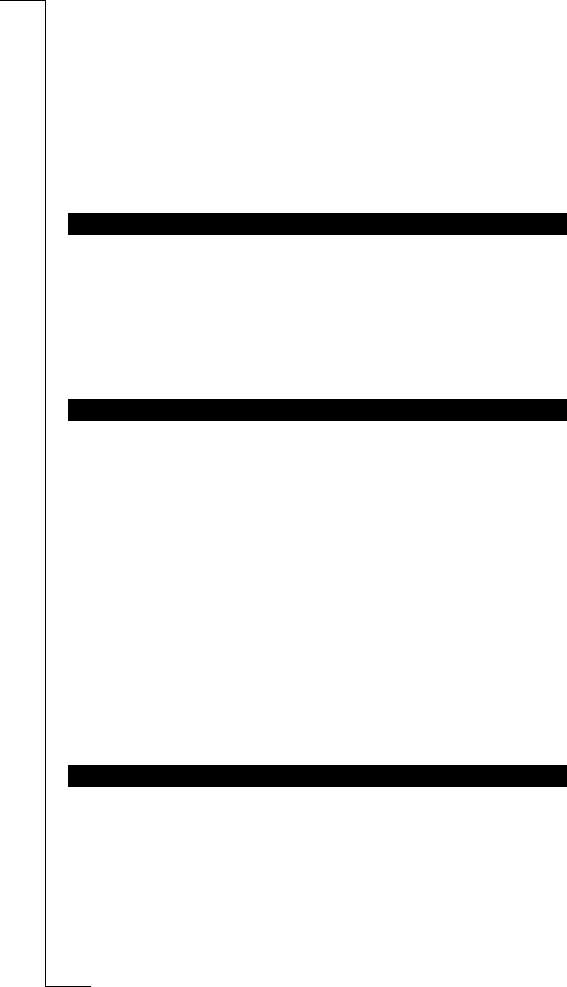
N
o
t
f
o
r
C
o
m
m
e
r
c
i
a
l
U
s
e
E
r
i
c
s
s
o
n
M
o
b
i
l
e
C
o
m
m
u
n
i
c
a
t
i
o
n
s
A
B
112 Guidelines for Safe and Efficient Use
Guidelines for Safe
and Efficient Use
Your mobile phone is a radio transmitter and receiver. When the phone is
turned on, it receives and transmits radio frequency (RF) energy. Depending
on the type of mobile phone you have bought, it operates in different fre-
quency ranges and employs commonly used modulation techniques. The sys-
tem that handles your call when you are using your phone controls the power
level at which your phone transmits.
The International Commission on Non-Ionizing Radiation Protection
(ICNIRP), sponsored by the World Health Organization (WHO), published a
statement in 1996 which sets limits for exposure to RF fields from handheld
mobile phones. According to this statement, which is based on the available
body of research, there is no evidence that mobile terminals meeting the rec-
ommended limits can cause any adverse health effects. All Ericsson tele-
phones conform to the ICNIRP recommendations and international exposure
standards, such as:
• CENELEC European Pre-standard ENV50166-2
• ANSI/IEEE C95.1-1992 (USA, Asia-Pacific)
If you want to limit RF exposure even further, you may choose to control the
duration of your calls and operate your phone in the most power efficient
manner.
How to use your phone for optimum performance with minimum power
consumption:
• In the Phone Mode, hold the phone as you would any other telephone.
While speaking directly into the mouthpiece, angle the antenna in a direc-
tion up and over your shoulder.
• In the Speakerphone Mode, hold the phone in front of your face about 30 –
50 cm away and speak in the direction of the phone.
GENERAL
EXPOSURE TO RADIO FREQUENCY ENERGY
EFFICIENT PHONE OPERATION


















